Ik Siong Heng
Strategic White Paper on AI Infrastructure for Particle, Nuclear, and Astroparticle Physics: Insights from JENA and EuCAIF
Mar 18, 2025



Abstract:Artificial intelligence (AI) is transforming scientific research, with deep learning methods playing a central role in data analysis, simulations, and signal detection across particle, nuclear, and astroparticle physics. Within the JENA communities-ECFA, NuPECC, and APPEC-and as part of the EuCAIF initiative, AI integration is advancing steadily. However, broader adoption remains constrained by challenges such as limited computational resources, a lack of expertise, and difficulties in transitioning from research and development (R&D) to production. This white paper provides a strategic roadmap, informed by a community survey, to address these barriers. It outlines critical infrastructure requirements, prioritizes training initiatives, and proposes funding strategies to scale AI capabilities across fundamental physics over the next five years.
Optic disc and fovea localisation in ultra-widefield scanning laser ophthalmoscope images captured in multiple modalities
Apr 24, 2020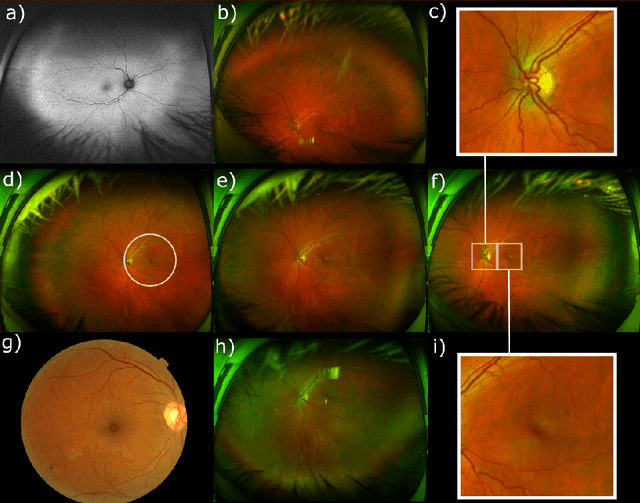


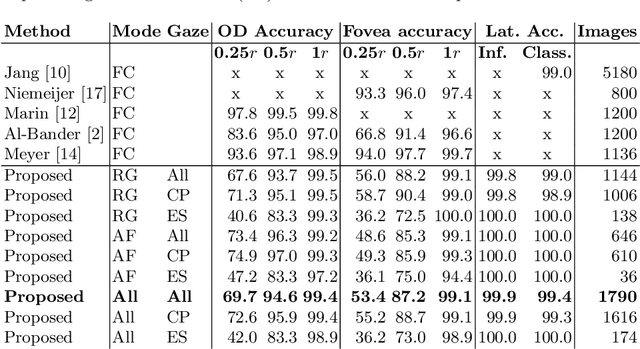
Abstract:We propose a convolutional neural network for localising the centres of the optic disc (OD) and fovea in ultra-wide field of view scanning laser ophthalmoscope (UWFoV-SLO) images of the retina. Images captured in both reflectance and autofluorescence (AF) modes, and central pole and eyesteered gazes, were used. The method achieved an OD localisation accuracy of 99.4% within one OD radius, and fovea localisation accuracy of 99.1% within one OD radius on a test set comprising of 1790 images. The performance of fovea localisation in AF images was comparable to the variation between human annotators at this task. The laterality of the image (whether the image is of the left or right eye) was inferred from the OD and fovea coordinates with an accuracy of 99.9%
Bayesian parameter estimation using conditional variational autoencoders for gravitational-wave astronomy
Sep 17, 2019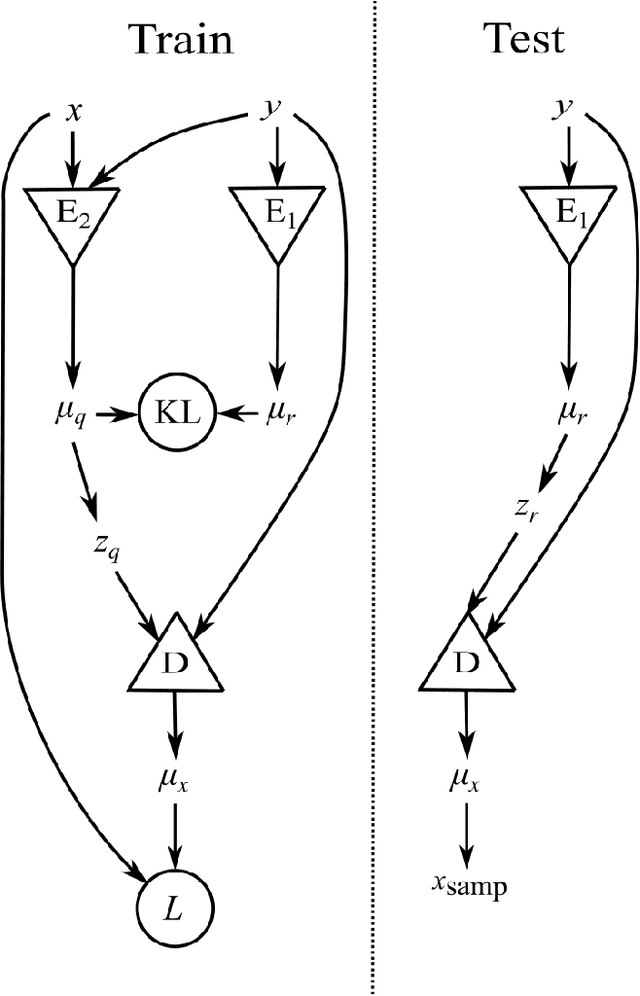
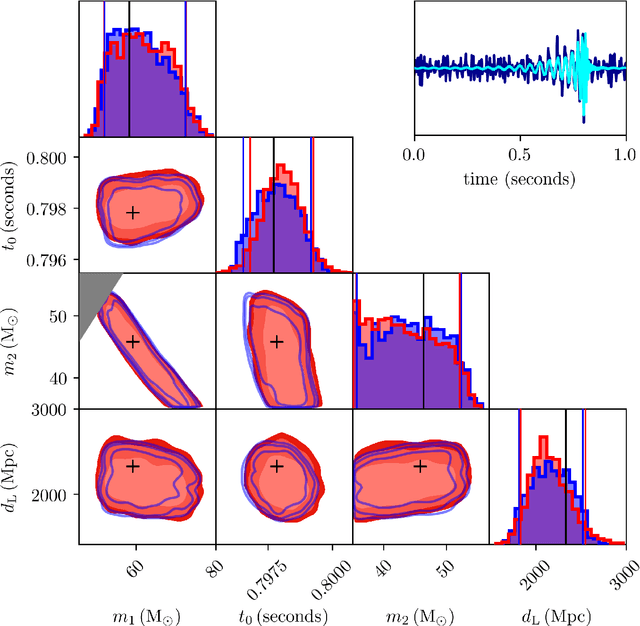
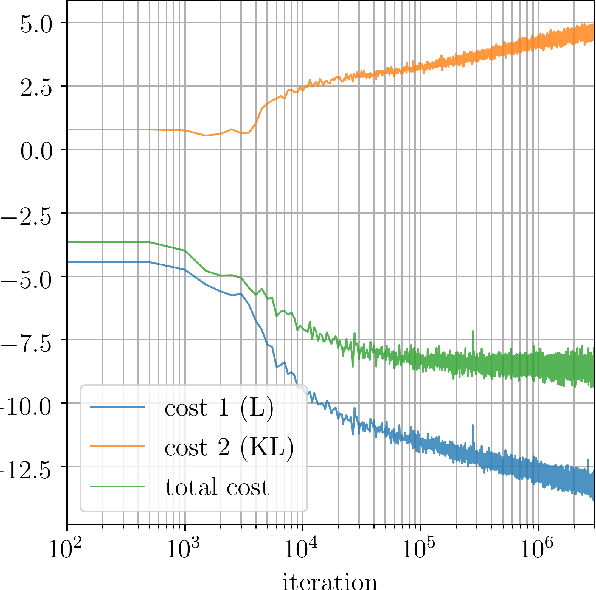
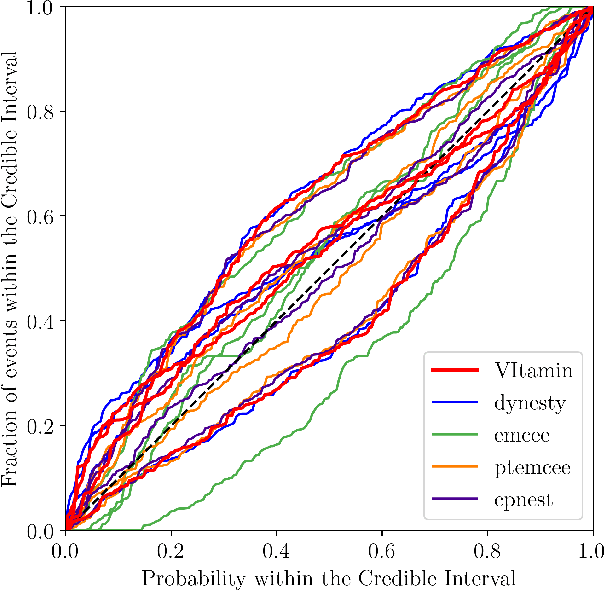
Abstract:Gravitational wave (GW) detection is now commonplace and as the sensitivity of the global network of GW detectors improves, we will observe $\mathcal{O}(100)$s of transient GW events per year. The current methods used to estimate their source parameters employ optimally sensitive but computationally costly Bayesian inference approaches where typical analyses have taken between 6 hours and 5 days. For binary neutron star and neutron star black hole systems prompt counterpart electromagnetic (EM) signatures are expected on timescales of 1 second -- 1 minute and the current fastest method for alerting EM follow-up observers, can provide estimates in $\mathcal{O}(1)$ minute, on a limited range of key source parameters. Here we show that a conditional variational autoencoder pre-trained on binary black hole signals can return Bayesian posterior probability estimates. The training procedure need only be performed once for a given prior parameter space and the resulting trained machine can then generate samples describing the posterior distribution $\sim 6$ orders of magnitude faster than existing techniques.
 Add to Chrome
Add to Chrome Add to Firefox
Add to Firefox Add to Edge
Add to Edge